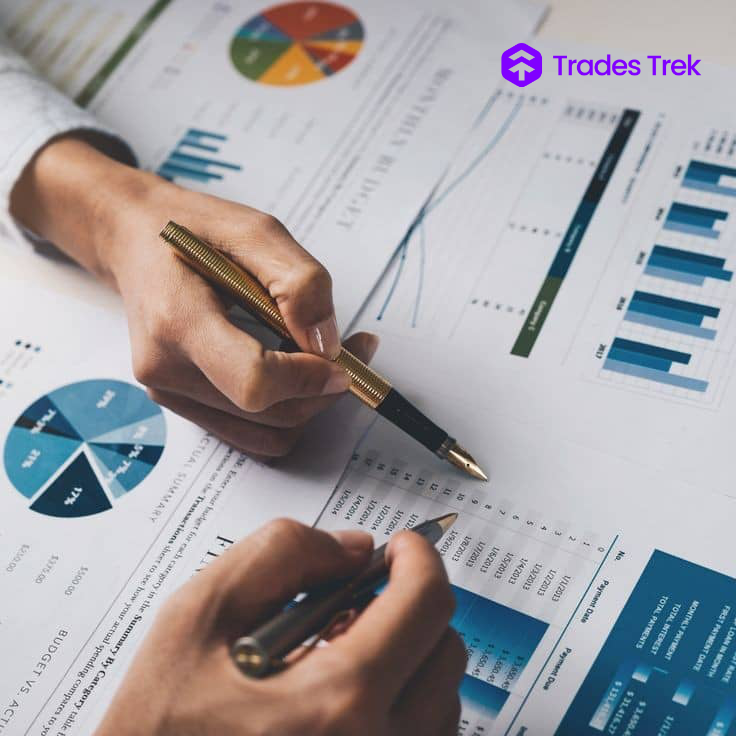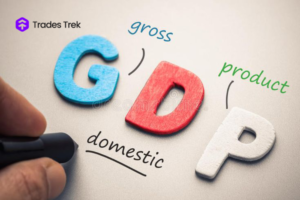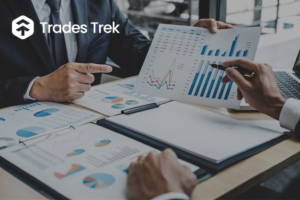Investors analyse the trading volume of a security to make informed financial decisions.
Trading volume is the number of bought and sold shares of financial security within a specific period. The trading volume of a security or a market determines its liquidity. Actively traded securities have a high trade volume and less traded securities on the market have low trade volumes. Investors generally use the trade volume of stocks to make informed financial decisions.
Get started trading in a virtual environment before risking real cash. Download the Trades Trek Stock-Trading Simulator available on Android and IOS and get 500,000NGN in virtual cash to get started today!!! Become an expert investor for free with no capital investment.
What does Trading Volume Mean?
Trading volume provides insight into the overall market activity and liquidity levels of financial security. High trade volume signifies a large number of trades on a particular asset. Low volumes indicates less trading activity on an asset. Investors typically interpret high trade volumes as confirmation of market signals and trends.
How To Calculate Trading Volume?
Trading volumes are calculated by adding the total number of shares of security traded within a particular trading period. For example, if company ABC has a trade volume of 100 shares for the day, that means 100 shares of company ABC were bought and sold throughout the trading day.
What Is a Good Trade Volume?
Good trading volume cannot be defined easily, because the trade volume of a security has to be analysed with other stock indicators such as volatility and price trend. However, any level of trade volume that gives investors precise insights into the price of a security can be considered a good trade volume.
Is High Trade Volume Good?
An increase in trading volume often indicates increasing investor interest in an asset. High volumes accompanied by rising stock prices can signify high investor interest in financial security. However, high trading volumes accompanied by decreasing stock prices can signify panic on the part of investors, which results in more selling with a consistent decrease in stock values.
For example, a company XYZ has positive earnings over a period, resulting in increasing investor interest. As a result, volume of trade increases with buy orders exceeding sell orders. This increase in demand results in a stock price increase, which is interpreted as a bullish signal. Investors monitoring the market at this time adjust their trading strategies accordingly.
FREE STOCK-TRADING SIMULATOR
Get started trading in a virtual environment before risking real cash. Download the Trades Trek Stock-Trading Simulator available on Android and IOS and get 500,000NGN in virtual cash to get started today!!! Become an expert investor for free with no capital investment.




